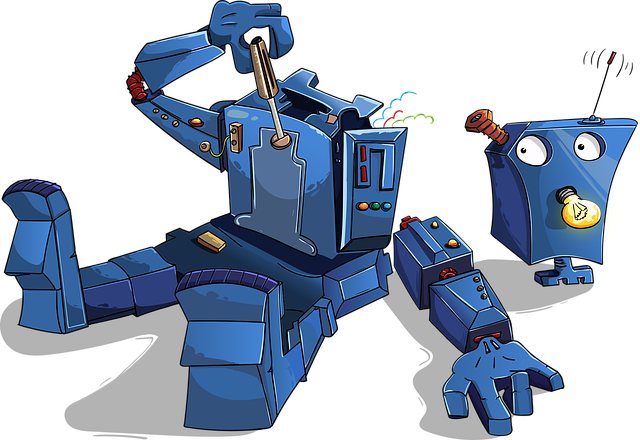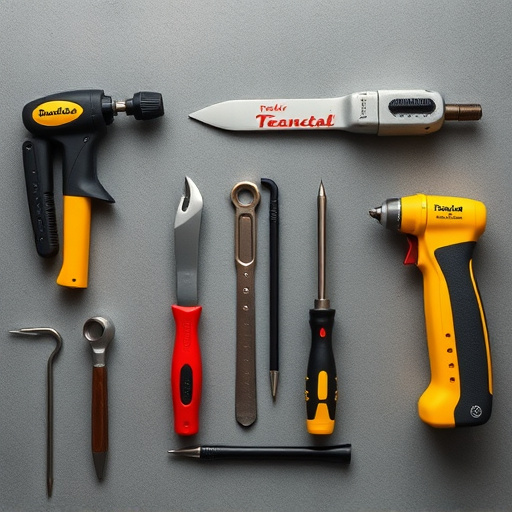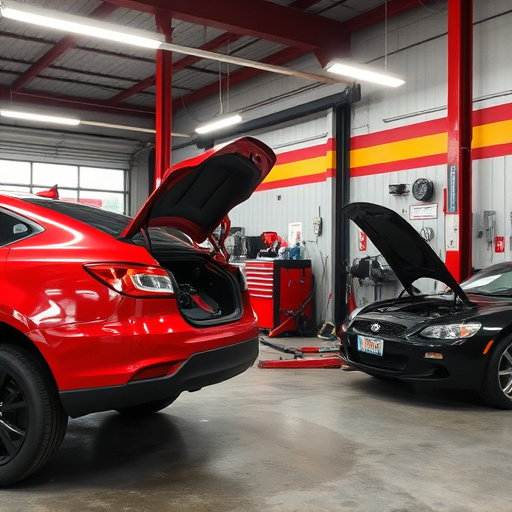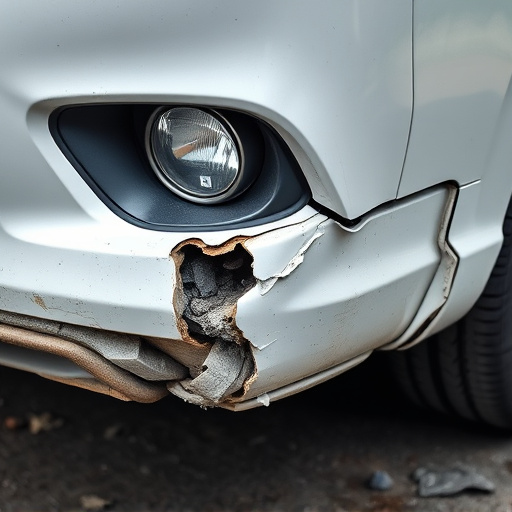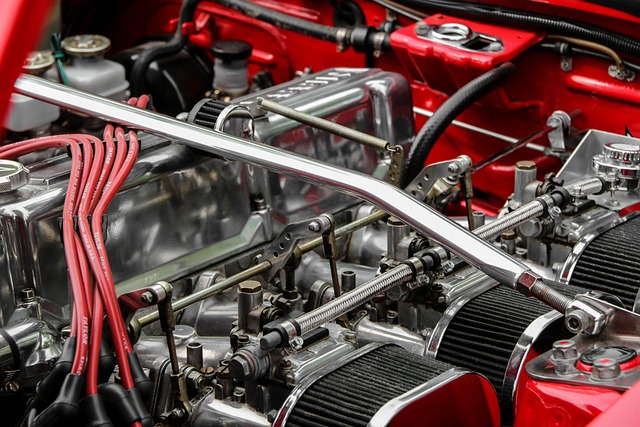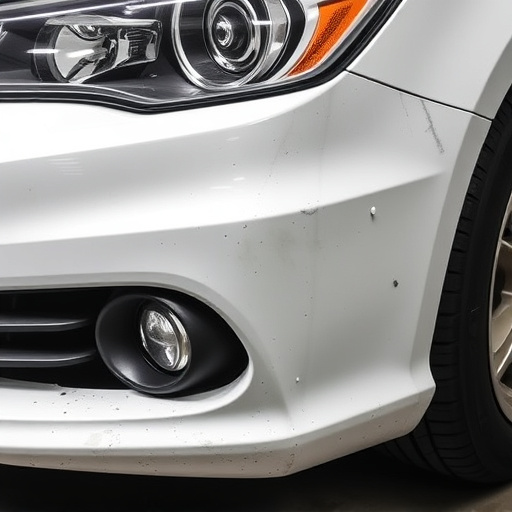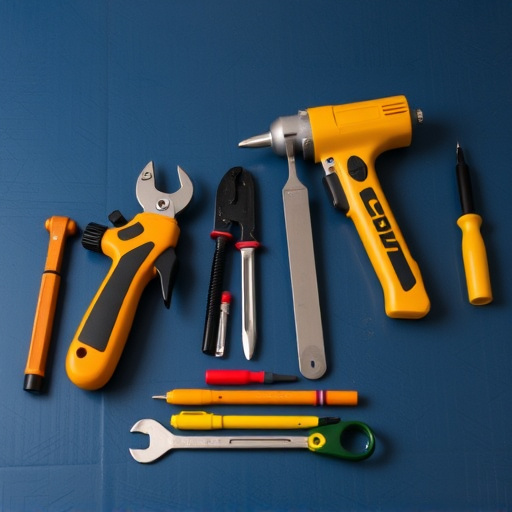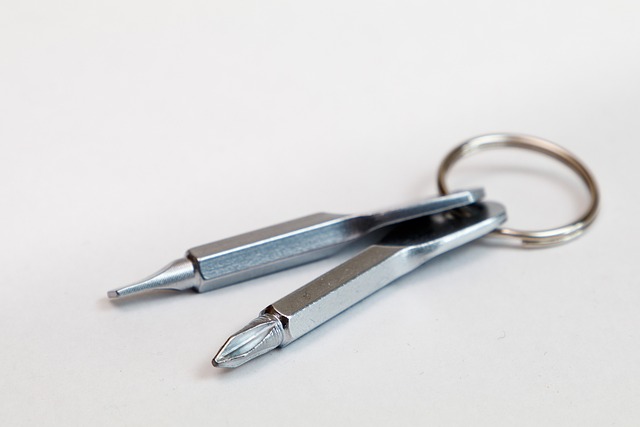Dent repair tools vary by type and purpose, from paintless dent repair (PDR) for minor dents to traditional methods for more severe damage. Tools like air bags, suction cups, hydraulic presses, and robotic systems cater to different damage levels. Choosing the right tool based on damage severity, budget, and project scope ensures efficient and professional auto repair results.
Discover the power of dent repair tools – your secret weapon for fixing small and large dents. From intricate plastic hammer sets to advanced pneumatic tools, these devices offer effective solutions for both minor scrapes and significant damage. This comprehensive guide explores various dent repair tool types, their unique techniques, and how to select the perfect fit for your needs and budget.
- Understanding Different Types of Dent Repair Tools
- Techniques for Removing Small and Large Dents
- Choosing the Right Tool for Your Needs and Budget
Understanding Different Types of Dent Repair Tools
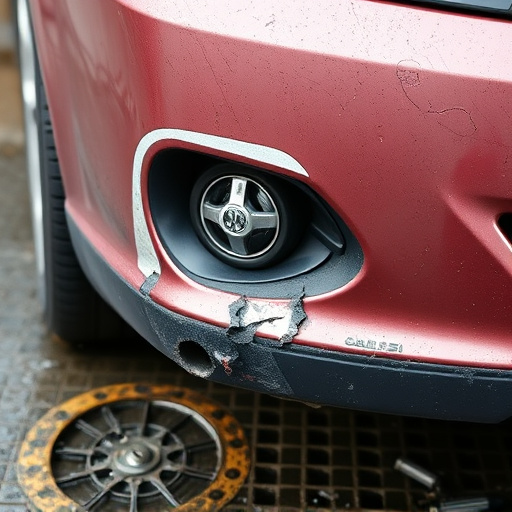
Dent repair tools come in various types, each designed for specific dent removal and car repair services. The most common categories include paintless dent repair (PDR) tools, which are ideal for minor dents and scratches on automotive surfaces, requiring no painting or re-finishing. These tools use specialized techniques to gently push out the dented area back into its original shape, making them a popular choice in both professional car collision repair workshops and DIY enthusiasts’ garages.
For larger, more complex dents, traditional dent removal methods using hammering, mallets, or even liquid-based compounds are employed. These methods often involve precise measurements and careful manipulation to ensure the dent is not only removed but also that the original finish of the vehicle is preserved as much as possible. Understanding which dent repair tools are best suited for different scenarios is key in achieving effective results during automotive repair processes.
Techniques for Removing Small and Large Dents
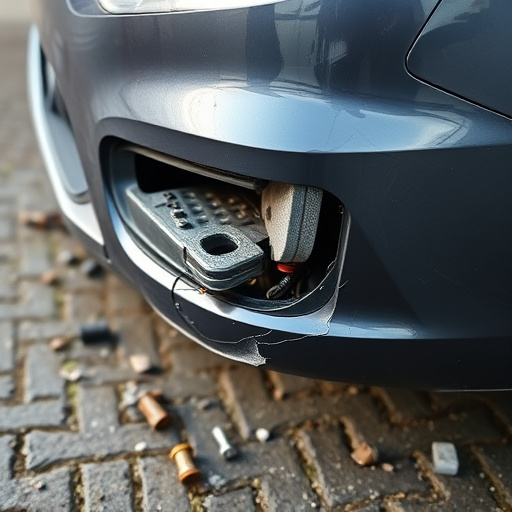
Removing dents, both small and large, from vehicles requires a range of specialized dent repair tools. For minor dents, a common technique involves using a process known as “popping” or “pulling.” This method uses a tool that applies gentle pressure to release the dented area back to its original shape without causing further damage. Dent repair tools designed for this purpose often include metal rods, air bags, and specialized suction cups.
For larger dents, more advanced dent removal techniques are employed. These may involve using hydraulic presses or even robotic systems in professional vehicle repair services. The process starts by carefully examining the extent of the damage to determine the best course of action. Once assessed, specialized tools like impact guns, which deliver controlled blows, or mechanical scrapers, designed to gently remove deformed metal, come into play. These methods ensure that not only are the dents removed but also that the vehicle’s original finish and integrity are preserved during the vehicle dent repair process.
Choosing the Right Tool for Your Needs and Budget
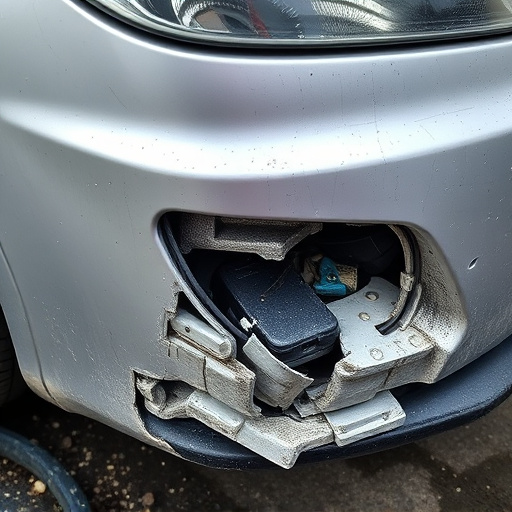
When it comes to selecting dent repair tools, the first step is understanding your specific needs and budget. Different tools cater to various dent sizes and types, from minor car door dings to larger collision damage.
Consider the scope of your project: is it a quick fix for small dents or a more extensive car body repair? Matching the right tool with your task ensures efficiency and optimal results. Moreover, pricing varies widely among dent repair tools, reflecting differences in quality and functionality. Researching options within your budget will help you find an effective solution that aligns with both your needs and financial constraints.
Dent repair tools are versatile and effective solutions for both minor and significant dent removal. By understanding the various types of tools available, mastering different repair techniques, and making an informed choice based on your budget and needs, you can efficiently address dents in vehicles or other surfaces. Incorporating these tools into your repertoire allows for prompt, professional-grade results without breaking the bank.
